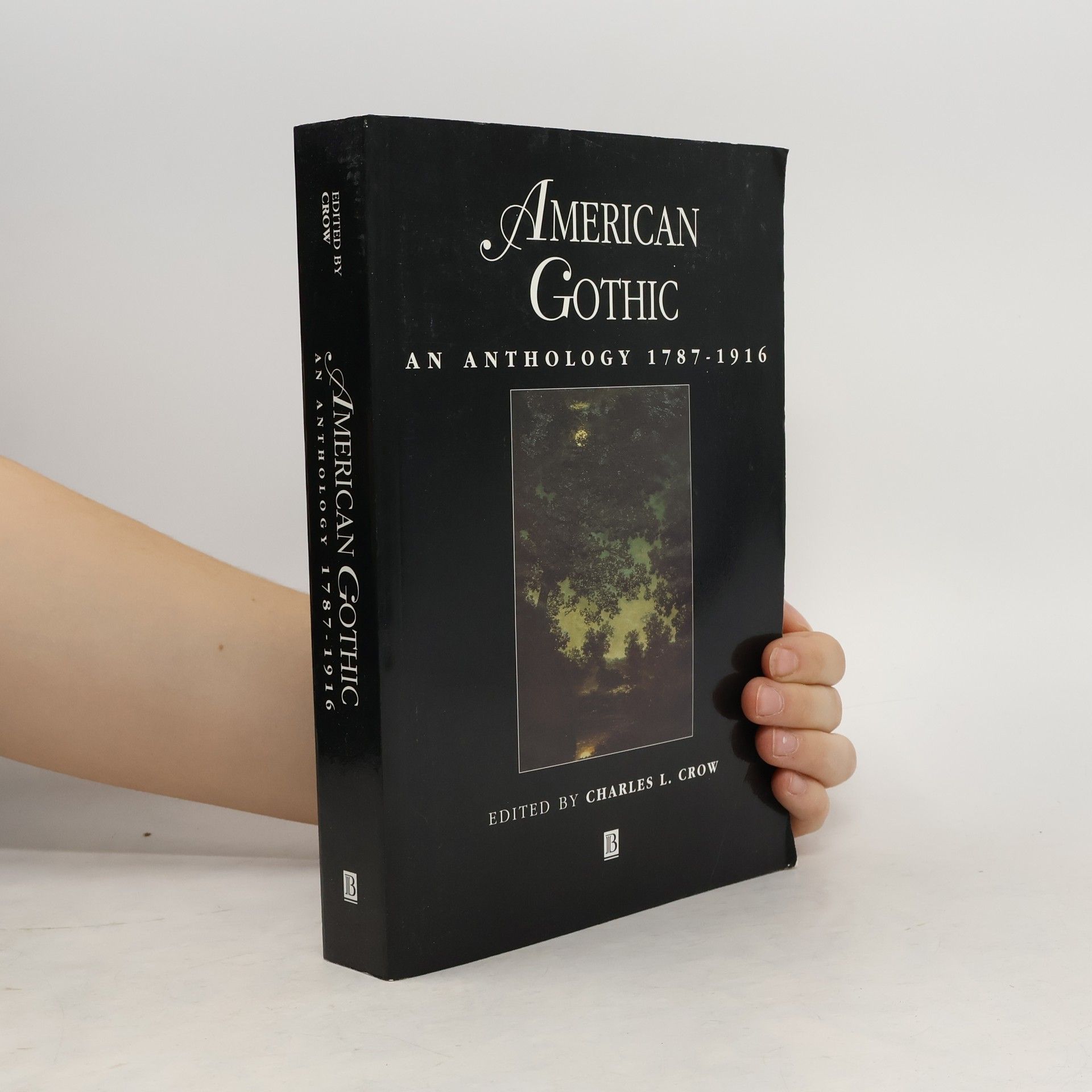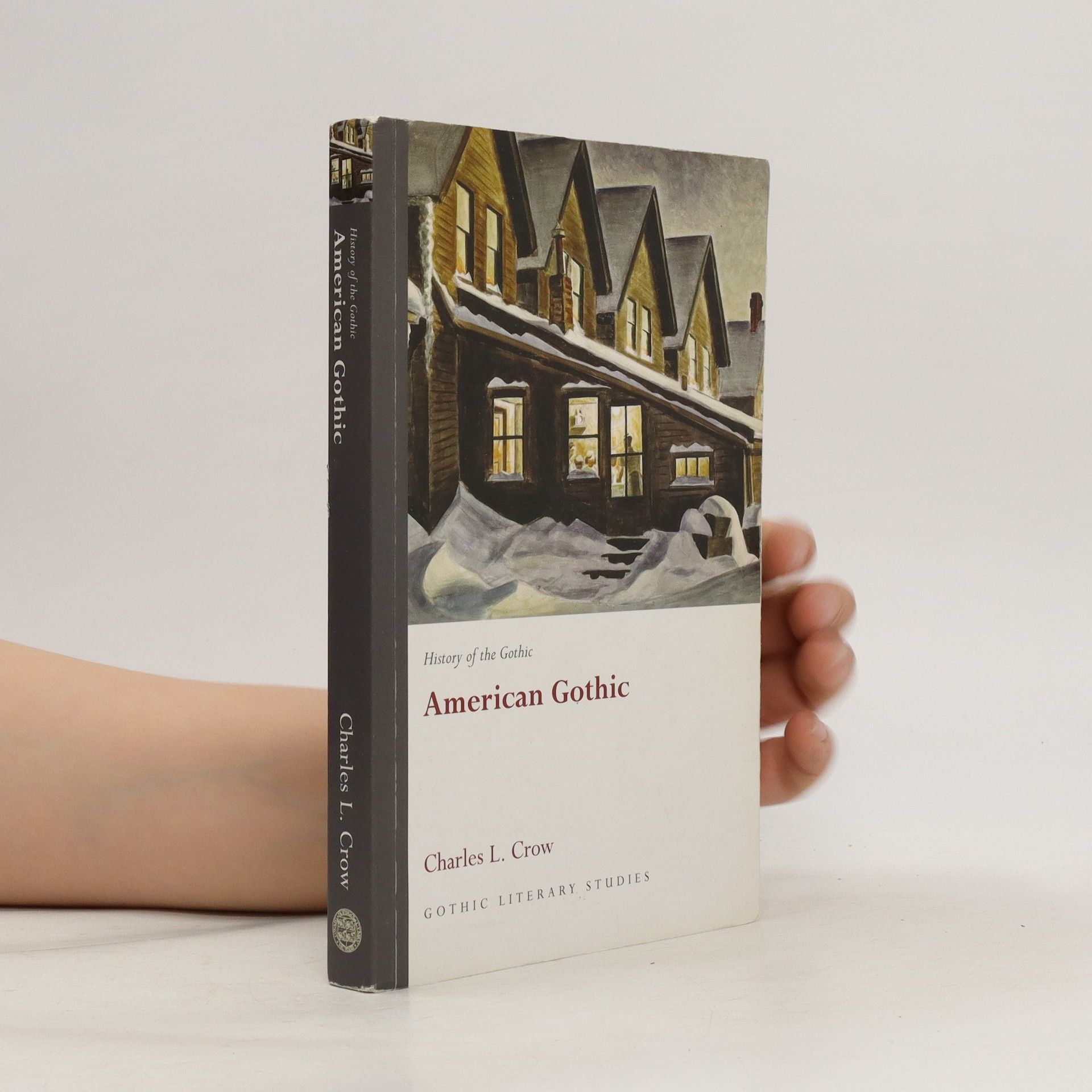Defines the American Gothic and places it both within the context of the major movements of intellectual history and also within the context of the main issues of American culture.
Charles L. Crow Livres




Defining the American gothic tradition both within the context of the major movements of intellectual history over the past three-hundred years, as well as within the issues critical to American culture, this comprehensive volume covers a diverse terrain of well-known American writers, from Poe to Faulkner to Toni Morrison and Cormac McCarthy. Charles L. Crow demonstrates how the gothic provides a forum for discussing key issues of changing American culture, explores forbidden subjects, and provides a voice for the repressed and silenced.
California has always represented new beginnings and opportunities in a golden land. In constructing the California Dream, much has been omitted or repressed. This study explores the dark side of the dream, as revealed in the state’s rich tradition of Gothic literature and film.
This collection brings together, and sets into dialogue, Gothic works by a number of authors, men and women, black and white, which illuminate many of the deepest concerns and fears of nineteenth-century America.